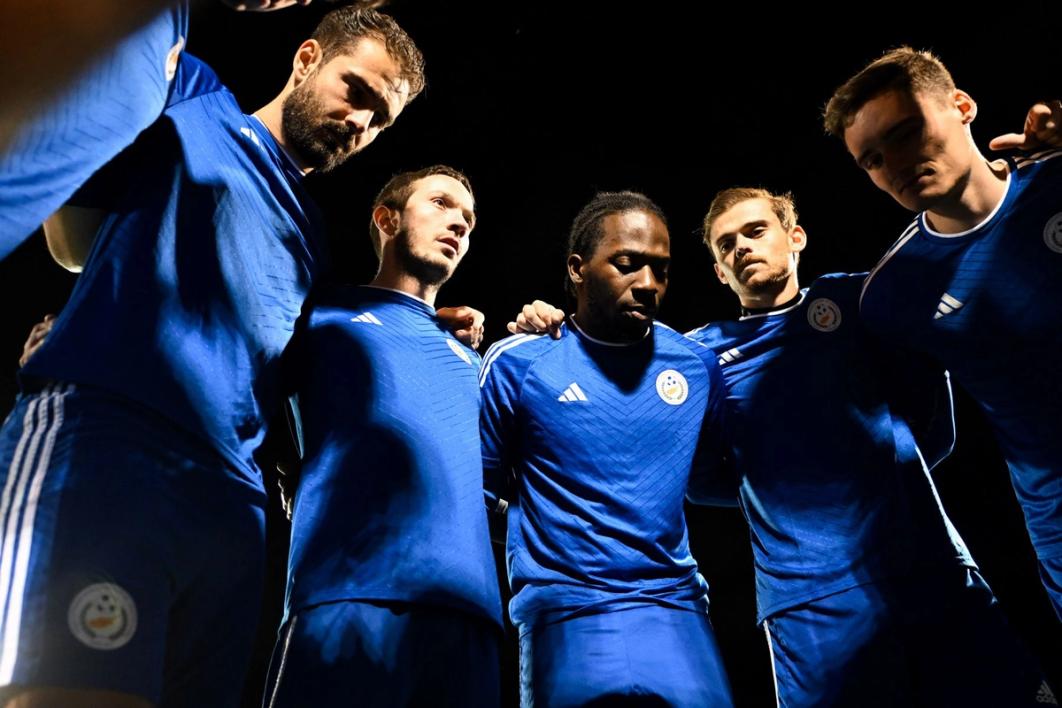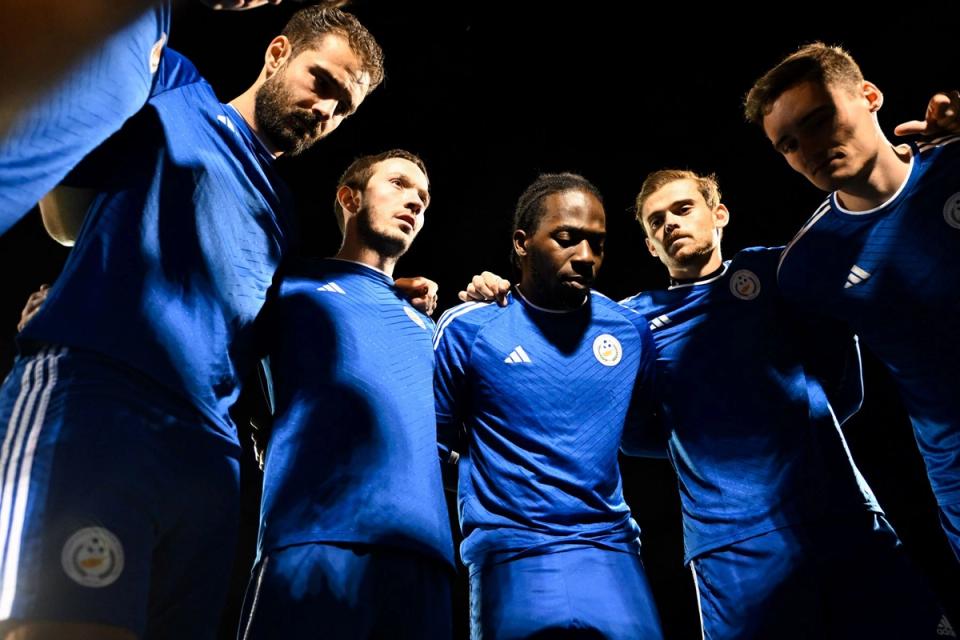The Very International, Very Local History of NY Pancyprian-Freedoms
Tobias Carroll takes us inside New York Pancyprian-Freedoms, the Queens-based club with big current ambitions, a proud Open Cup tradition -- and a larger mission beyond the field.











